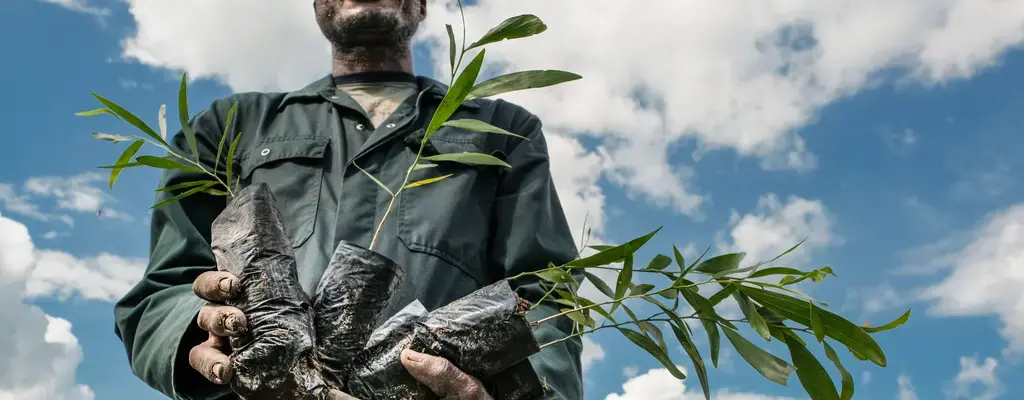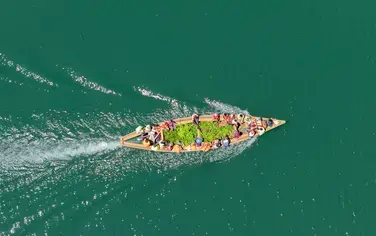A new initiative in DRC promotes forest landscape restoration for bioenergy production.
Text by Ahtziri Gonzalez and photos by Axel Fassio | CIFOR
Located in northeast Democratic Republic of the Congo (DRC), in the heart of the Congo Basin, the Yangambi Research Station was once a thriving center for the study of tropical agriculture and forestry. From the 1930s until independence, this colonial institution was home to more than 700 scientists and technicians working in world-class research facilities, including Central Africa’s most important herbarium, and a well-stocked library and xylarium.
Surrounding rubber, oil palm, banana, and coffee plantations were used for plant breeding and technical innovations – after large areas of forest were converted into farmland.
But decades of political instability and conflict have taken a toll, and despite efforts by the Congolese State to keep the center running, little remains of Yangambi’s former glory. Most infrastructure is worn down and in disuse, while the once-productive plantations have become degraded land.
In tandem with the Research Station, Yangambi’s local economy also declined. Nowadays, most households rely on the exploitation of natural resources for their livelihoods, including logging, slash-and-burn agriculture, hunting, and fishing. This is putting an enormous pressure on the surrounding forest, part of which was declared a Biosphere Reserve in 1976.
An important constraint to local economic development is the lack of electricity in the area, according to Boniface Posho Ndoola, Director of the Congolese Institute for Agronomic Research (INERA) in Yangambi. “While families and small businesses rely on wood fuel to meet their basic energy needs, the absence of power supply limits potential private sector engagement and our research activities.”
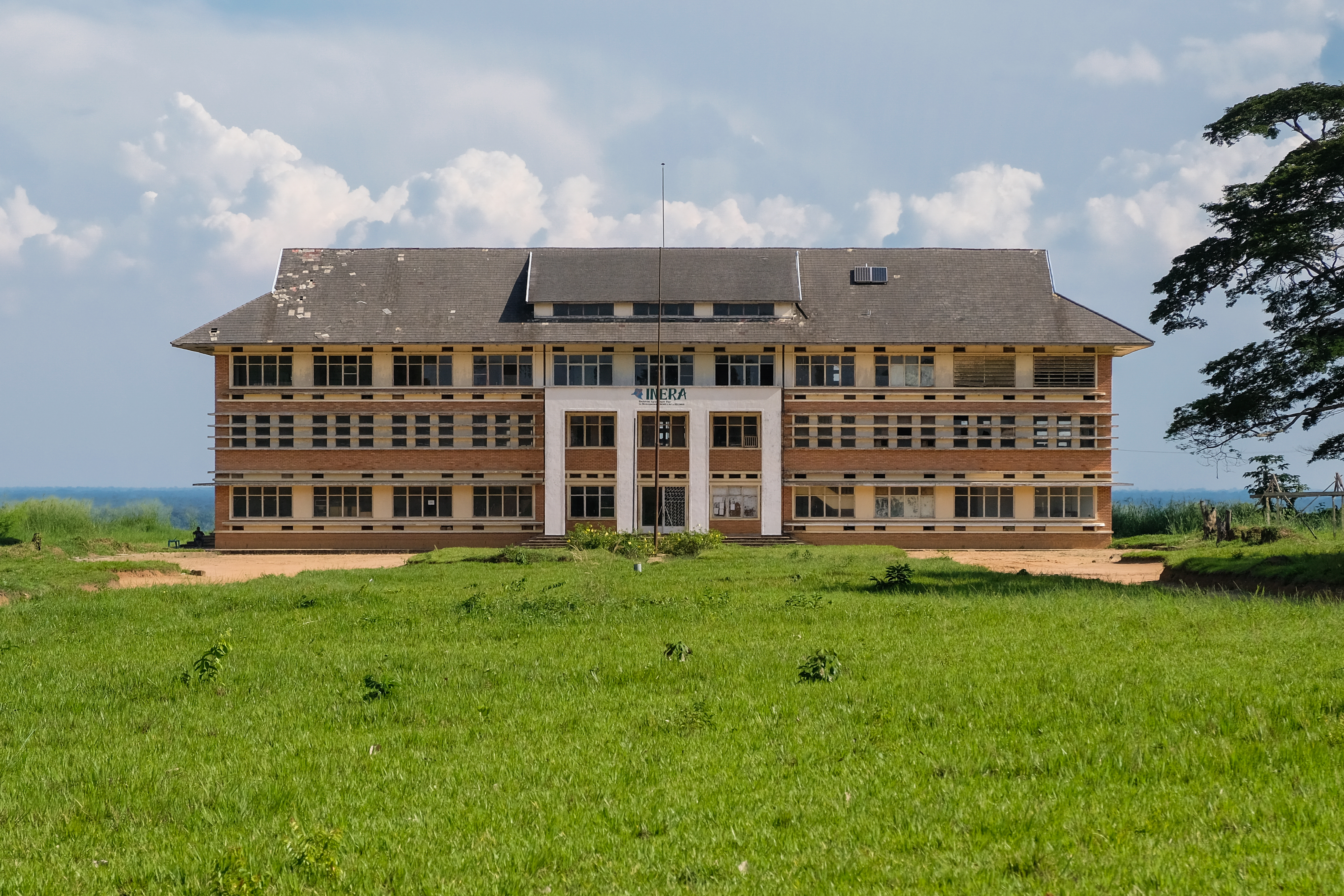
The Yangambi Research Station is now managed by the Congolese Institute for Agronomic Research (INERA)
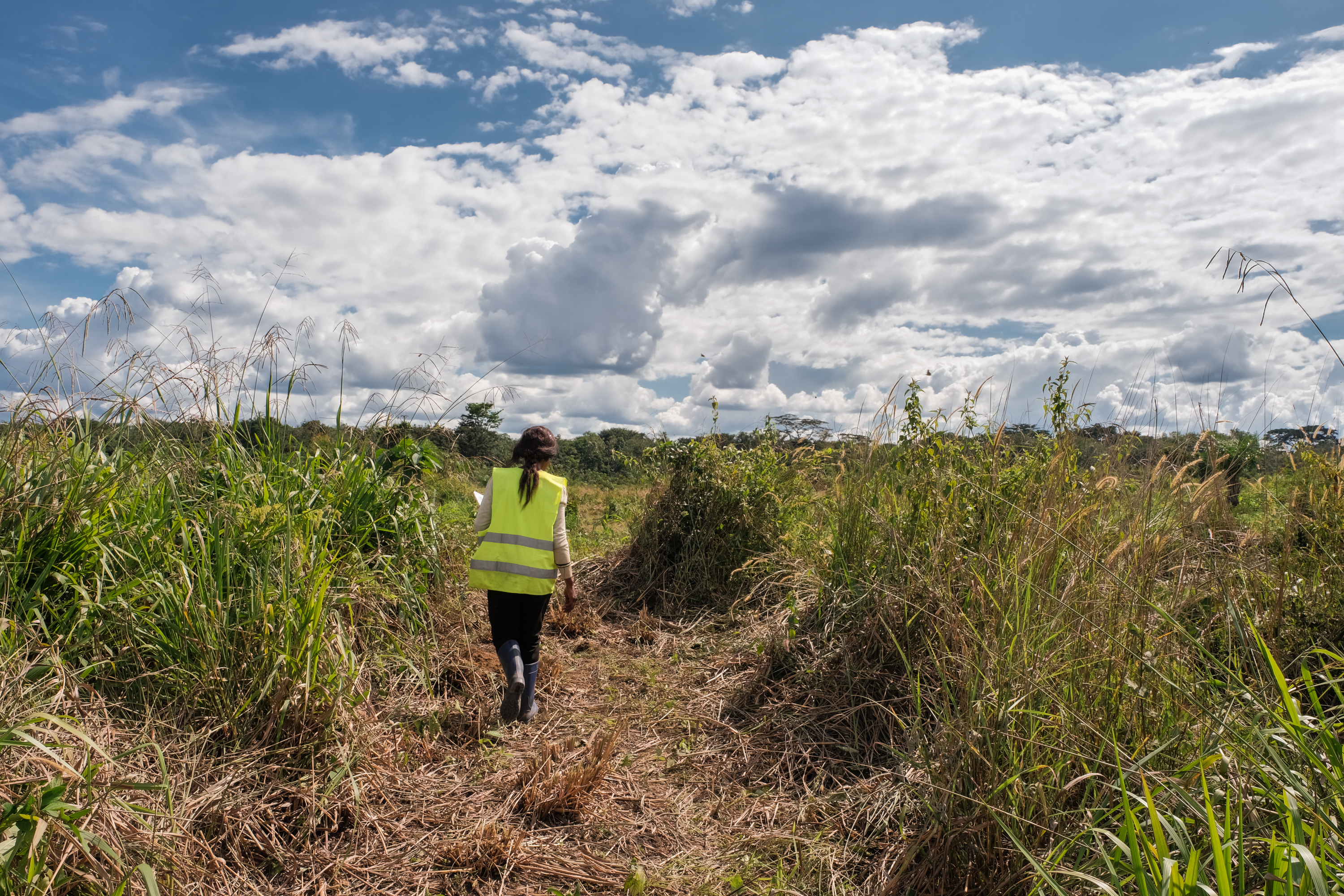
Yangambi’s former plantations have now turned into degraded land.
This is why in 2017, when the Center for International Forestry Research (CIFOR) was awarded funding from the European Union to promote the sustainable development of the Yangambi landscape, investing in forest restoration for bioenergy production was one of the most obvious choices.
“We conducted over 20 baseline studies to select what interventions would be the most suitable in this landscape,” said Paolo Cerutti, CIFOR senior scientist and project coordinator. “Given the lack of energy alternatives, and the extensive availability of degraded land, we decided that this was the perfect setting for plantations to enrich the soil and increase the existing biomass.”
These plantations will serve two purposes: some of the trees will be used to generate electricity in old industrial sites that will be repurposed; while others will be accessible for the local community to produce wood fuel, reducing pressure on the forest reserve.
Part of the project FORETS (Formation, Développement et Recherche dans la Tshopo), this activity kicked off in 2018, and around 300 hectares of land have already been restored. It is expected that by the end of the project in 2021 1.5 million trees will have been planted, including both indigenous and non-indigenous species.

Aerial view of the plantations. More than 300,000 trees have been planted to date.
Restoration in practice
Large-scale restoration is an ambitious endeavor that requires trial and error, and a lot of learning. For Martin Van Hulle, one of the young experts leading the planting activities, it has meant innovating to create effective processes, reconciling interests, leading and training large teams, and spending a lot of hours under the scorching sun.
One of the biggest challenges in the process is maintaining good communications with the local community, according to Van Hulle. “We always try to listen, but sometimes we cannot avoid misunderstandings,” he said. While the land belongs to INERA, sometimes settlers have de facto claims and want to ensure that they benefit from the plantations.
“There are limited opportunities in the area, so it is only logical that everyone wants to gain something from the project,” explains Collins Fai, FORETS’ field facilitator. “In response, we always try to be fair and we have several team members who are responsible for listening to the community’s concerns, negotiating solutions, and preventing conflicts which may escalate and disrupt activities.”
A second major issue is the need to conform to the highest security standards in sometimes difficult conditions. “From mandatory use of boots to avoid snake bites, to providing first aid services and avoiding heatstroke – our top priority is to prevent accidents and to ensure the safety of our teams,” Cerutti said.
A final consideration is that restoration also generates waste. For example, seedlings grow in plastic bags that must be disposed of after replanting, and without a recycling system in place, the only option is to burn them. “This is a major preoccupation for us, and we are looking for cleaner alternatives, notably biodegradable bags,” Cerutti said.
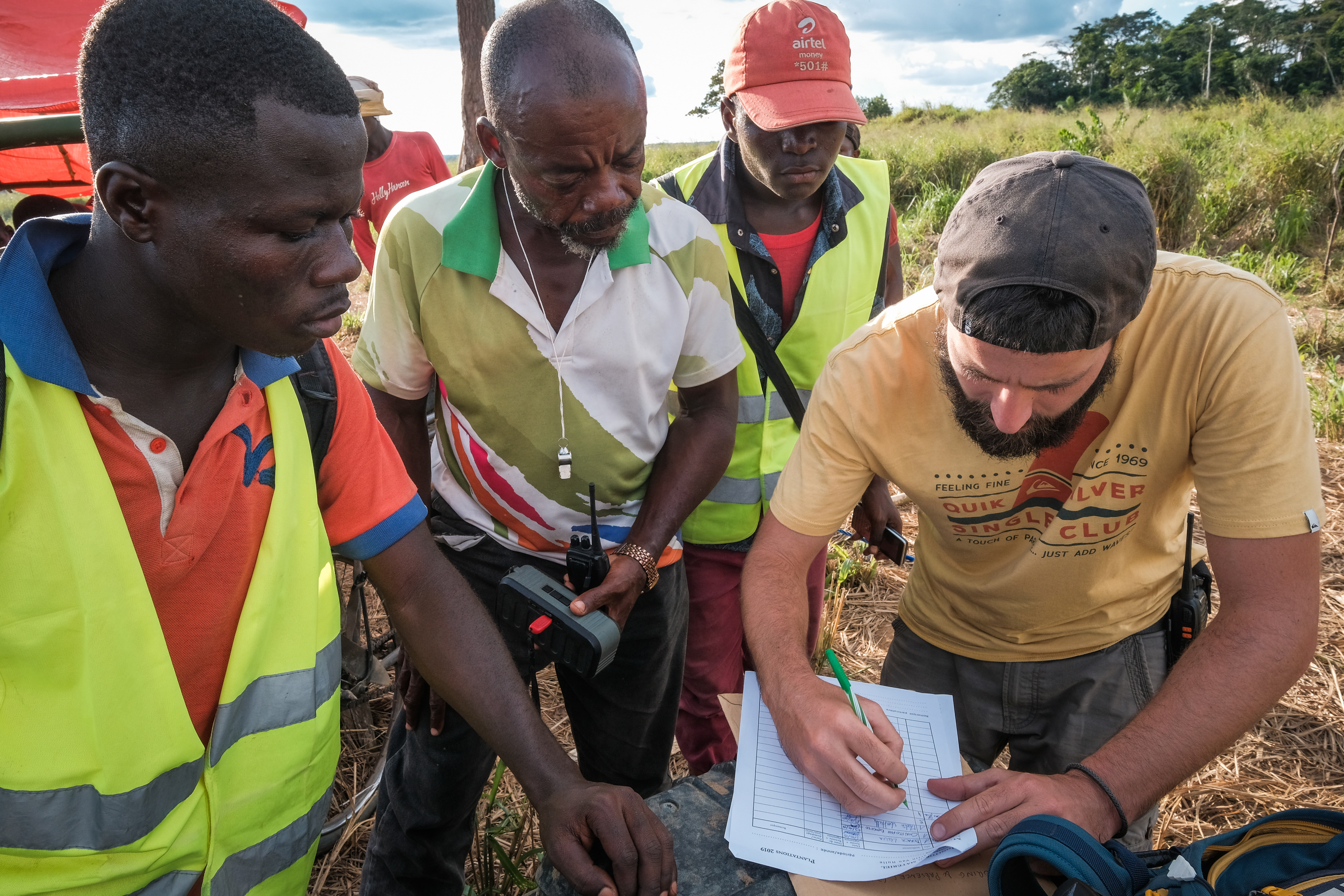
Martin Van Hulle organizes the plantation team.
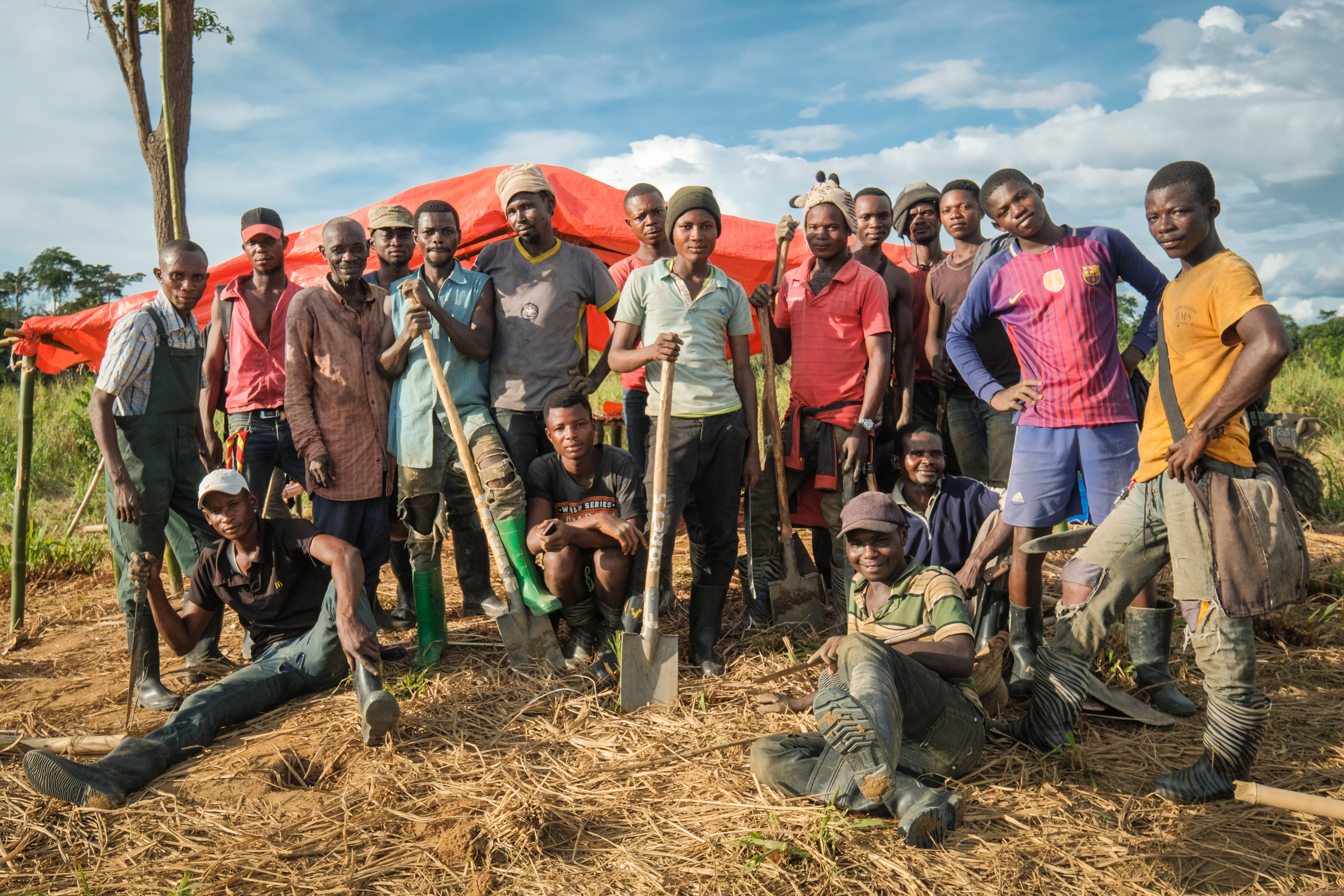
Landscape restoration creates opportunities for local youth.
Enhancing efficiency to scale up
During the peak period, FORETS’ team can now plant up to 10,000 trees per day, but arriving at this level of efficiency has not always been easy.
In the beginning, the project struggled with the lack of qualified workforce, according to Van Hulle. While in previous times, locals had experience in industrial plantations, the present generation was not skilled for most of the required jobs.
As a result, a lot of time was invested in training 14 team leaders who, in turn, have passed their skills to others. A key success has been organizing workers in teams, explained Van Hulle. “Members are jointly responsible for delivering results and get paid in group. This system keeps peer pressure and motivation high,” he said.
Mathilde Pierson, the junior expert supervising the nurseries, explains how keeping a steady supply of seedlings has also represented a major challenge. The team needs to ensure the plants will grow quickly by applying the right care, soil and conditions.
“The seedlings need to be ready when the plantation season starts, as we cannot afford a delay,” Pierson said, adding that sometimes transport is the most important constraint.
“We had to build special carriages to take the plants to the plantation sites very quickly, despite roads that are sometimes impassable,” she said.

The project set up special nurseries to grow the seedlings used for the plantations.

Transportation of the seedlings to the plantation site.
“Scaling up our restoration activities has meant overcoming all these difficulties,” Cerutti said. “But now that we have learned important lessons, we are ready to make this initiative even bigger.”
As part of the African Forest Landscape Restoration Initiative (AFR100), the DRC has pledged to restore 8 million hectares of degraded land by 2030. Therefore, supporting and learning from ambitious initiatives like this one will be crucial to help achieve the country’s targets.
Reactivating the local economy
Soon after the plantation activities started, a local “pop-up” market appeared on pay day. Out of nowhere, clothes, food and other goods became readily available to Yangambi locals. “This is a perfect example of how these plantations are fast reactivating the local economy,” Cerutti said.
More than 400 people have already been directly employed in this activity – from gathering seeds and watering and planting seedlings to protecting the trees from fire. And this figure is expected to increase once energy production starts.
“So far, the teams are all very motivated and happy to have an income, so we hope we can offer more opportunities in the near future,” Van Hulle said.
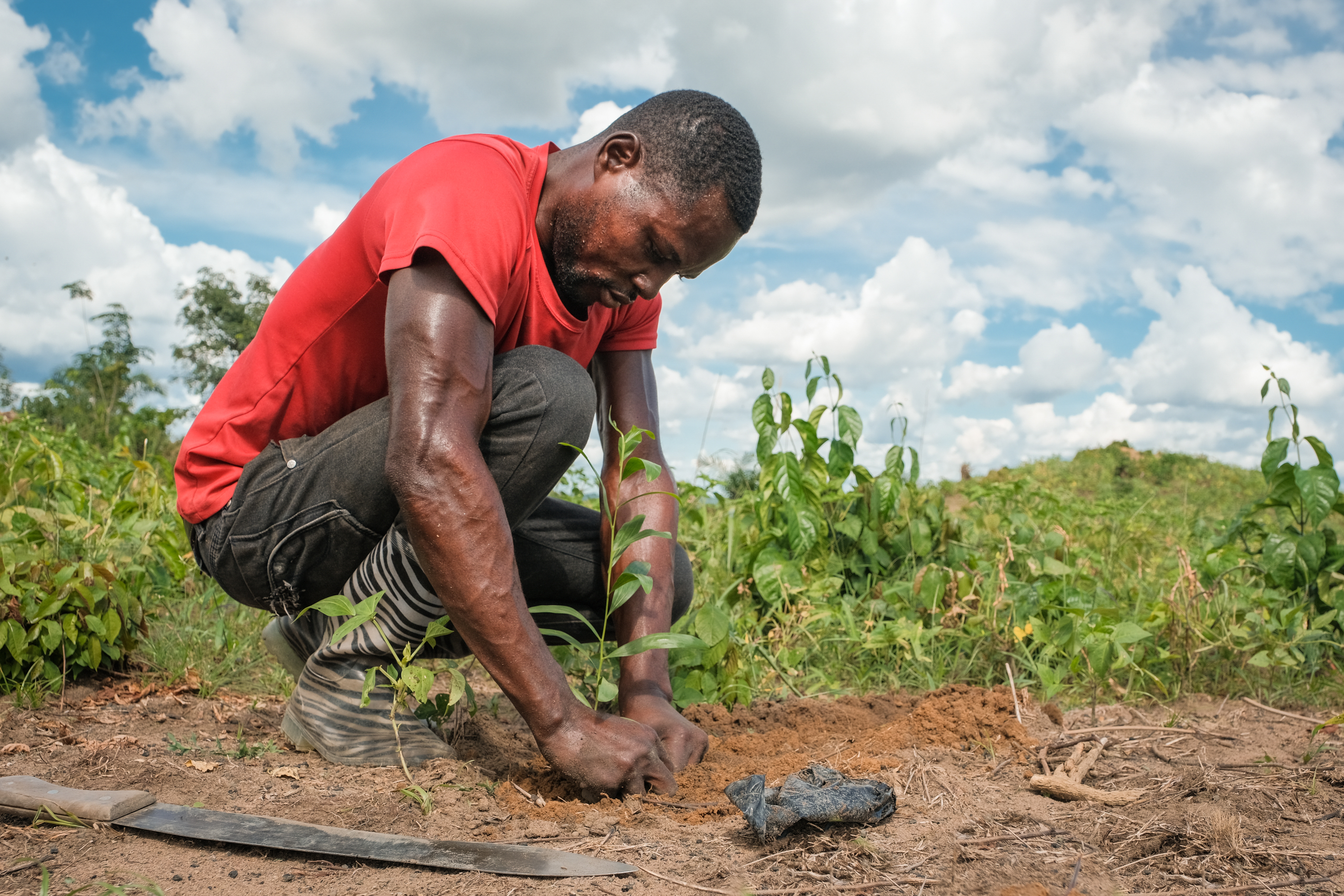
At the beginning, the project struggled with the lack of qualified workforce.
An electrifying future
Restoration is always a long-term process, and in this case, it will take at least seven years before the planted trees can be harvested for energy production.
“This is why a strong partnership with INERA is the most important condition for the success of this project,” says Cerutti. “If external financing and support stops, ultimately it will be up to them to follow up this activity and ensure that it continues to benefit the community.”
Despite obstacles, progress is underway.
“We are pleased to see how these plantations are bringing the community and the research center back to life,” Posho added. “We therefore look forward to continue promoting restoration as a driver of local development.”
